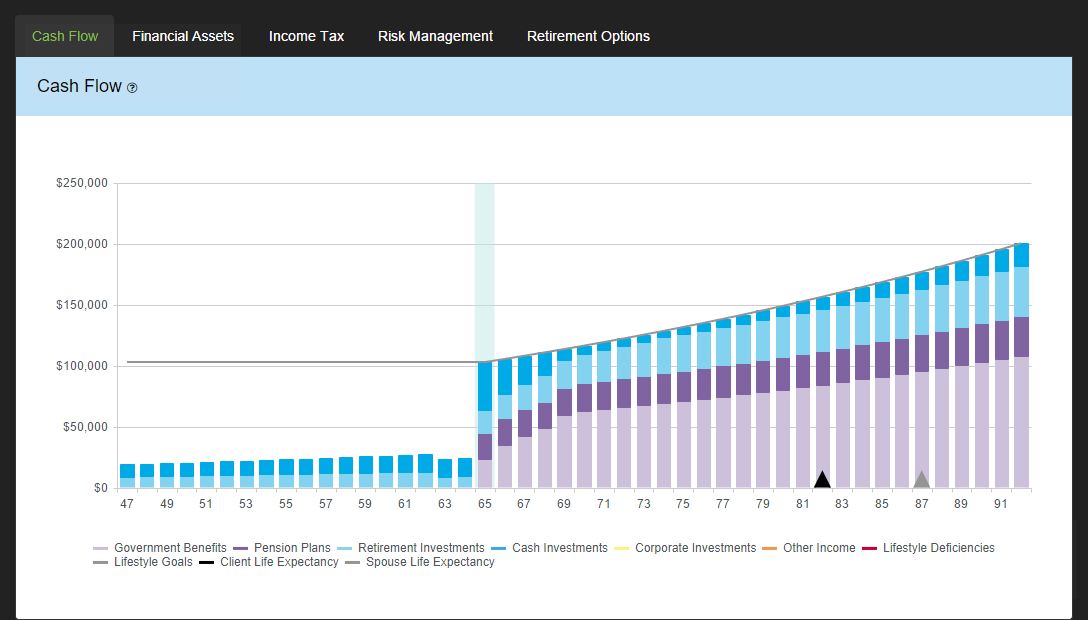
CF is the total cash flow for a given year.This is the fair value that we’re solving for. DCF is the sum of all future discounted cash flows that the investment is expected to produce.Put simply, discounted cash flow analysis rests on the principle that an investment now is worth an amount equal to the sum of all the future cash flows it will produce, with each of those cash flows being discounted to their present value. I’ve personally used it both for engineering projects and stock analysis. It’s applicable to any scenario where you are considering paying money now in expectation of receiving more money in the future. The discounted cash flow method is used by professional investors and analysts at investment banks to determine how much to pay for a business, whether it’s for shares of stock or for buying a whole company.Īnd it’s also used by financial analysts and project managers in major companies to determine whether a given project will be a good investment, like for a new product launch or a new manufacturing facility.
#CASHFLOW CHART HOW TO#
How to do Discounted Cash Flow (DCF) Analysis Limitations of discounted cash flow analysis.Bond pricing example using discounted cash flows.Project example using discounted cash flows.Business example using discounted cash flows.Discounted cash flows 101: how it works.You can either start here from the beginning, or jump to the specific section you want:

This guide show you how to use discounted cash flow analysis to determine the fair value of most types of investments, along with several example applications. Calculating the sum of future discounted cash flows is the gold standard to determine how much an investment is worth.


 0 kommentar(er)
0 kommentar(er)
